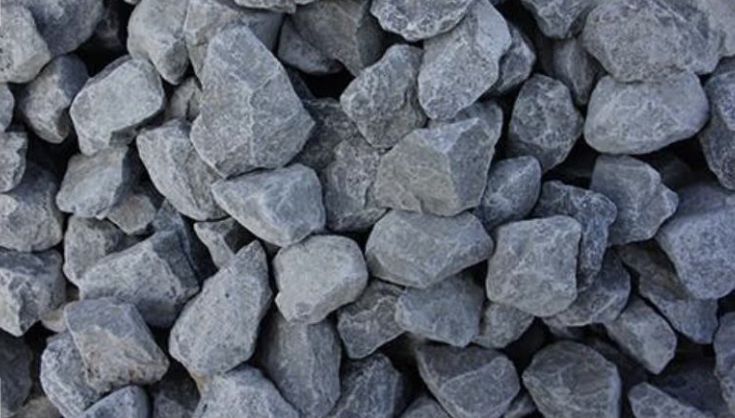
Use of Limestone
- Limestone is very common in Architecture.
- Limestone was also an immensely popular building block in the Middle Ages in the areas where it occurred since it is hard, durable, and commonly occurs in easily accessible surface exposures. Many medieval churches and castles in Europe are made of limestone. Beer stone was a popular kind of limestone for medieval buildings in southern England.
- Limestone and marble are very reactive to acid solutions, making acid rain a significant problem. Many limestone statues and building surfaces have suffered severe damage due to acid rain. Acid-based cleaning chemicals can also etch limestone, which should only be cleaned with a neutral or mild alkaline-based cleaner.
- It is the raw material for the manufacture of quicklime (calcium oxide), slaked lime (calcium hydroxide), cement and mortar.
- Pulverized limestone is used as a soil conditioner to neutralize acidic soils (agricultural lime).
- Is crushed for use as aggregate—the solid base for many roads as well as in asphalt concrete.
- Geological formations of limestone are among the best petroleum reservoirs.
- As a reagent in flue-gas desulfurization, it reacts with sulfur dioxide for air pollution control.
- Glass making, in some circumstances, uses limestone.
- It is added to toothpaste, paper, plastics, paint, tiles, and other materials as both white pigment and a cheap filler.
Limestone Powder
Limestone powder (LS) has been widely used in cement-based materials; and reportedly, can influence their properties by filler, nucleation, dilution, and chemical effects. The action mechanism of LS mainly depends on its particle size and amount. The filler effect of LS refines the microstructure and reduces the porosity of cement-based materials. Its nucleation effect accelerates the hydration of C3S, increases the amount of hydration products and reduces the porosity of cement-based materials at early ages. Its dilution effect reduces the hydration peak of C3S, decreases the amount of hydration products and increases the porosity of cement-based materials. Its chemical effect promotes the appearance of third hydration peak, forms carboalumination and reduces the porosity of cement-based materials.The Limestone Powder finds usage in various Industries like Power and Heat generating industry, Construction industry, Glassmaking and Fodder industry, etc. The Limestone Powder provided by us is very well accepted all around, particularly because of its varied use and top quality. Other Uses:
- Ceramic Industries
- Detergent Industries
- Poultry Feed Chemicals & Cattle Feed Chemicals
- Plastic industries
- Leather Cloth Industry
